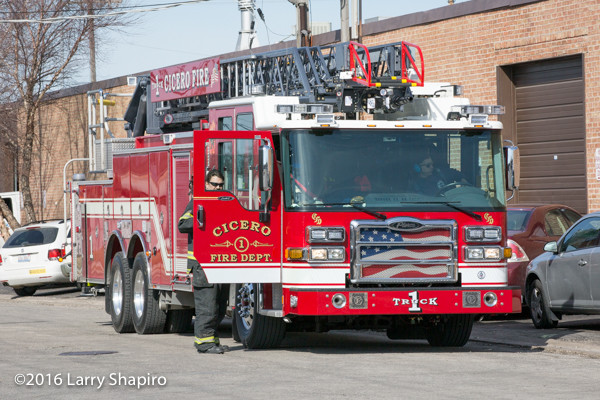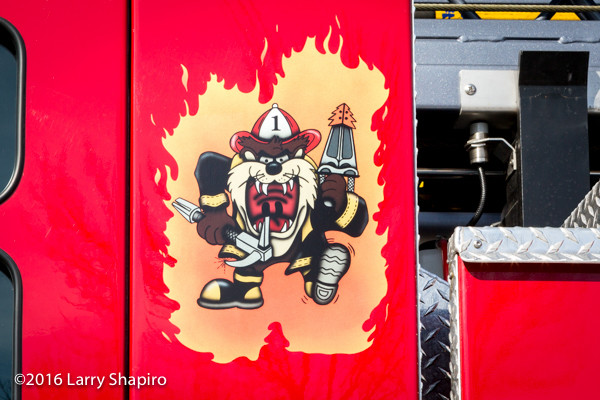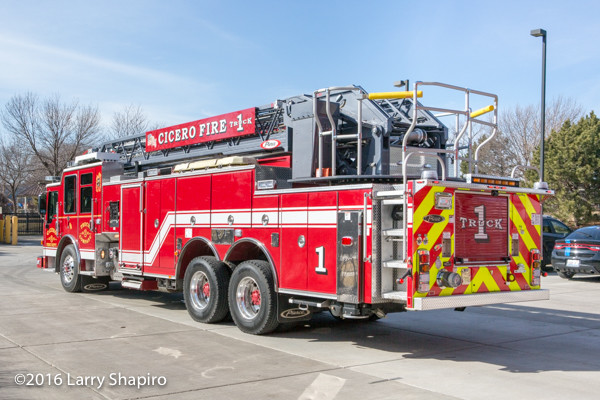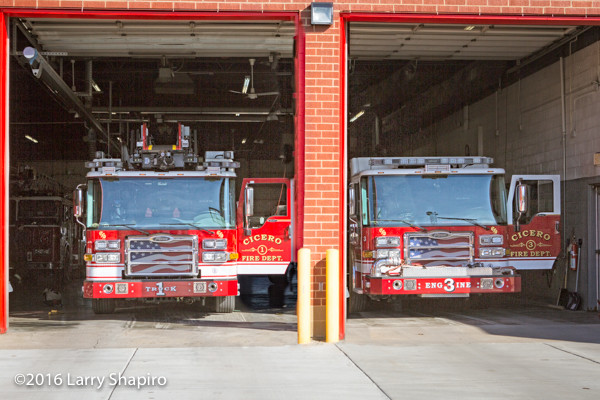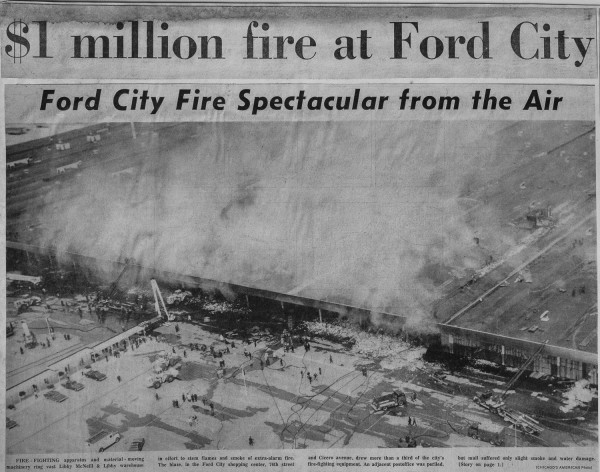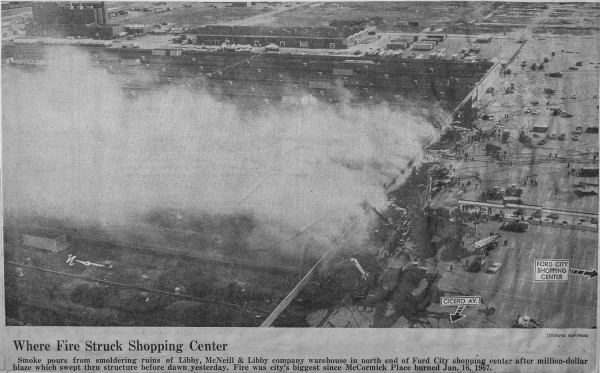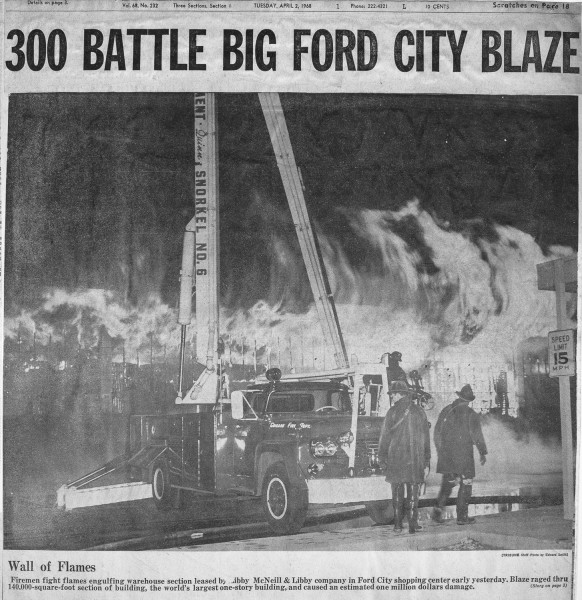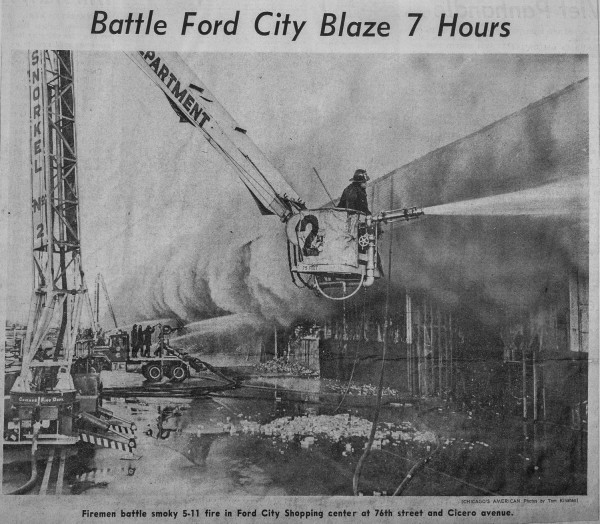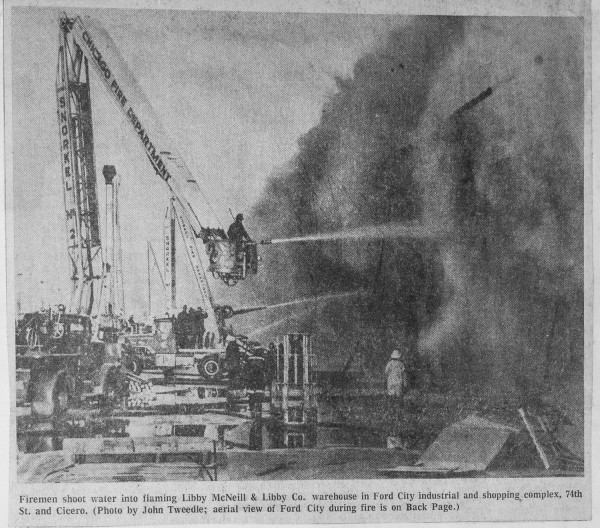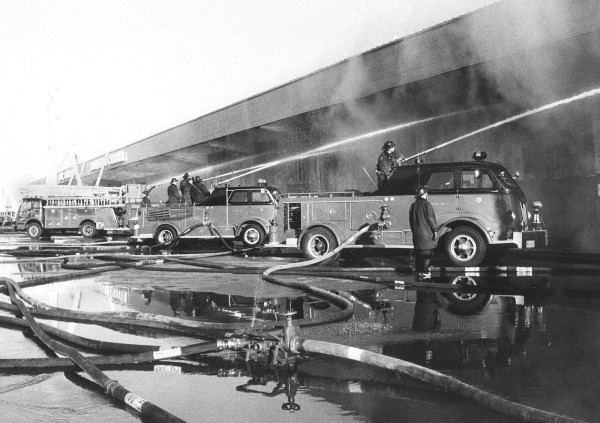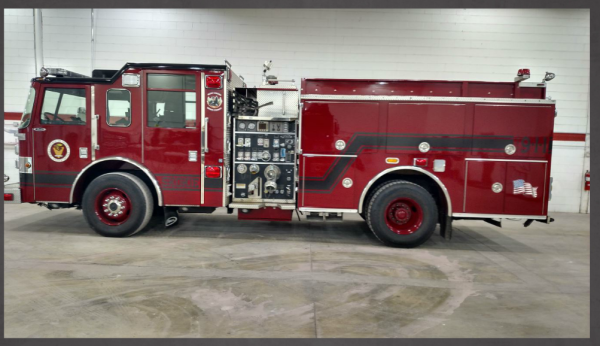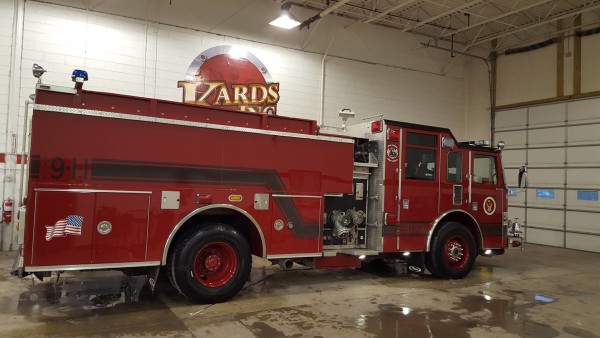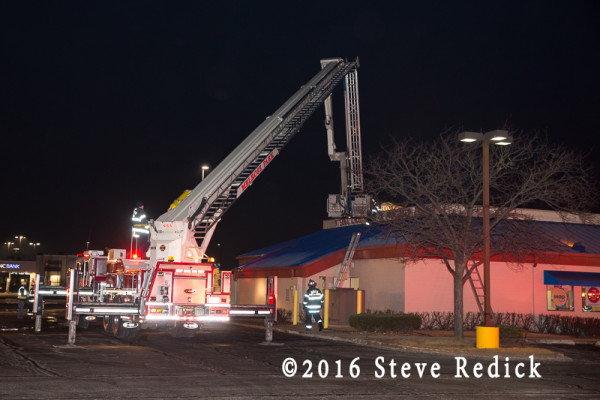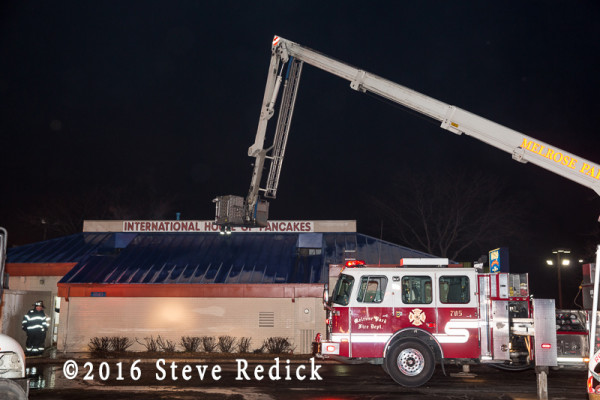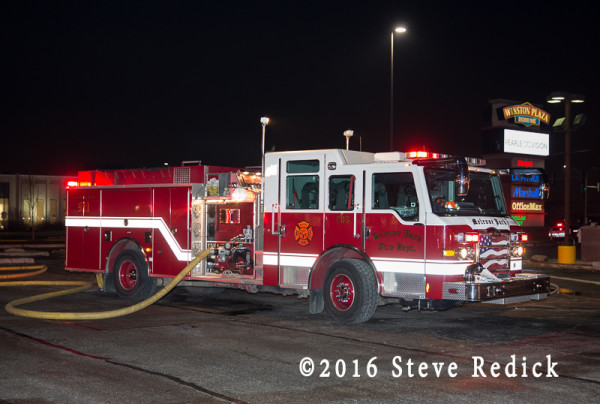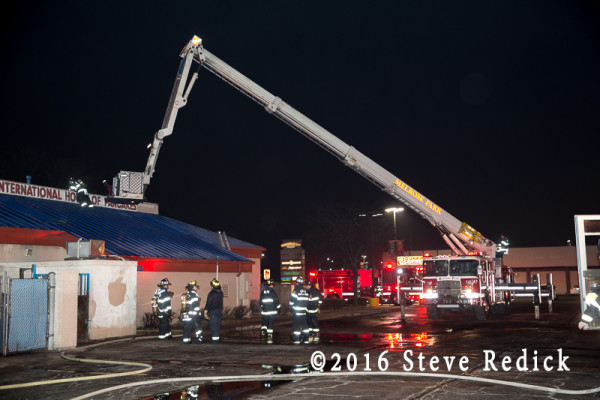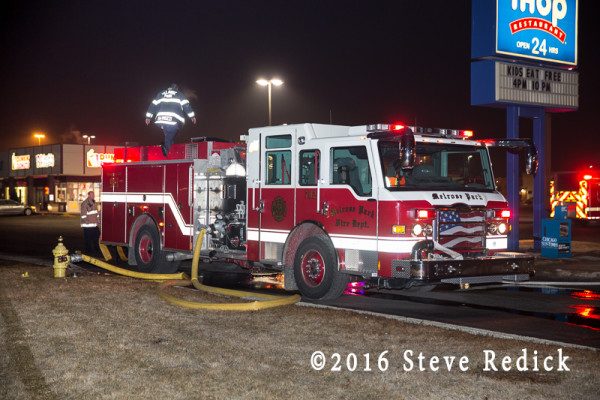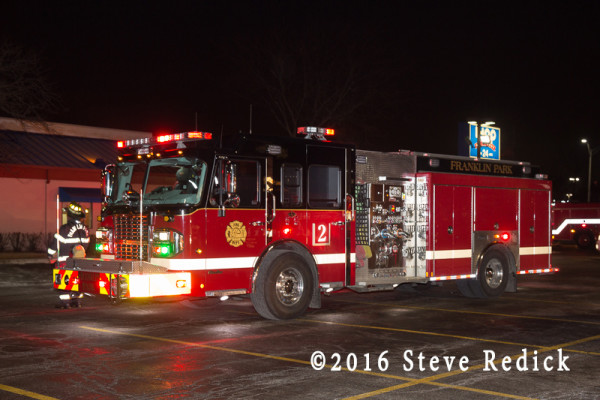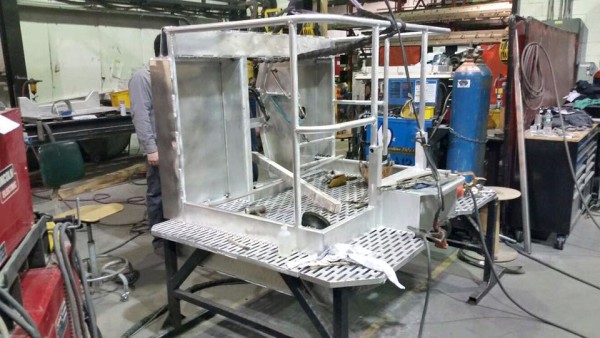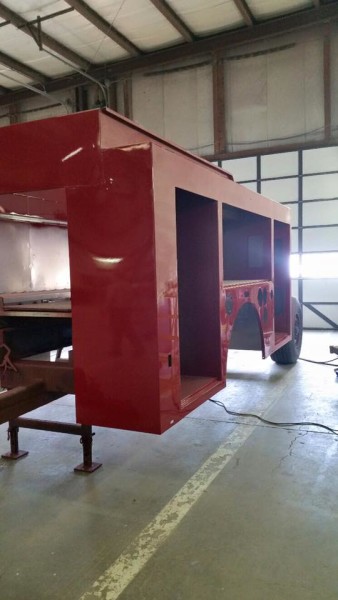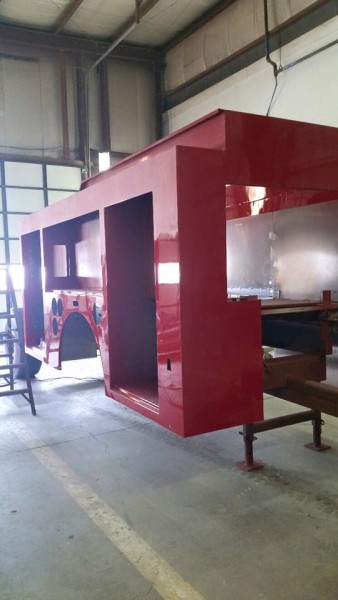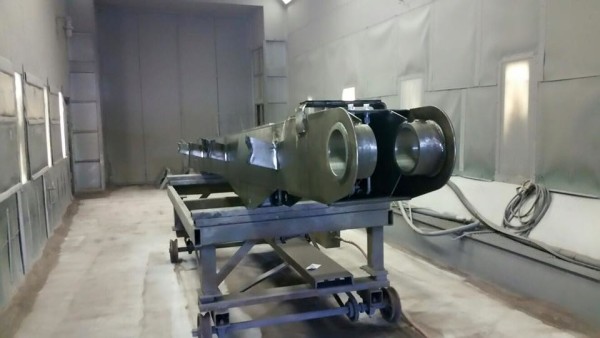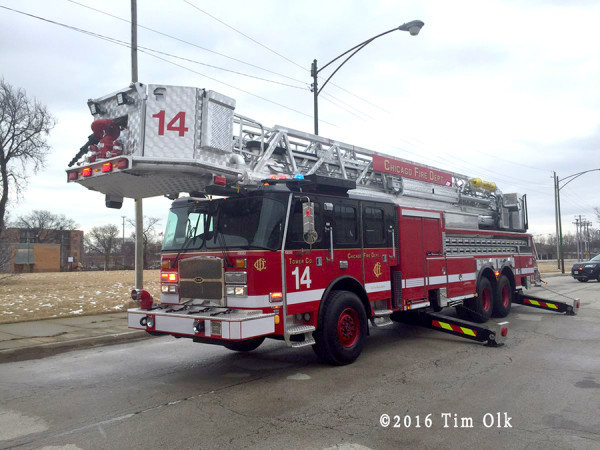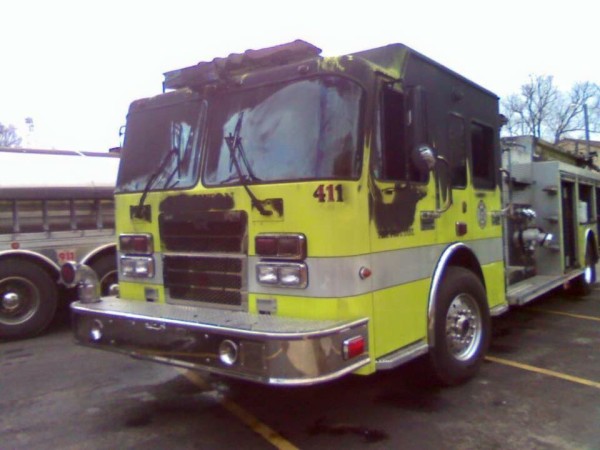Excerpts from the News-Gazette.com:
A turf war over which city’s trucks should be first due for fires and medical emergencies in parts of Campustown (UofI) has broken out between leaders in Champaign and Urbana.
Urbana wants to keep things the way they’ve been since 1997, when the two cities and the University of Illinois struck an intergovernmental agreement about who should provide fire service on campus.
Champaign wants the same — only with an interpretation different from the one they’ve been using. When there’s an emergency at one of the 194 private properties currently serviced by the Urbana Fire Department but physically located within the city of Champaign, it wants to get the call from METCAD.
Each city’s fire department responds to university-owned properties with Champaign addresses based on which truck can get there faster. Because Urbana mans the university-built fire station at Gregory Drive and Goodwin Avenue, Urbana’s fire truck is closer to most of the campus buildings and has been first on the run cards.
The setup was first called into question after Gary Ludwig’s 2014 hiring as Champaign fire chief. In examining all aspects of the department, he discovered what he called a potentially big problem — Champaign could be held legally responsible for service it didn’t even provide.
A back-and-forth between the cities’ fire chiefs — then between Champaign City Manager Dorothy David and Urbana Mayor Laurel Prussing — led to Friday’s latest twist: Prussing, Urbana City Attorney James Simon and Urbana Fire Chief Brian Nightlinger all sent letters to Champaign leaders disagreeing with their neighbor’s position.
In essence, the letters, stated that the agreement has worked for nearly 18 years, and that Urbana’s fire department can provide better, quicker service to the area.
The issue at the heart of the disagreement is whether the safety of people living in this area will be affected.
Champaign’s Ludwig says there is no real difference in response time, contending that the entire campus area could be serviced by his trucks within 13 seconds of the time it takes Urbana’s to get there. Ludwig also recently commissioned a study from an outside consultant that he says showed Champaign can respond anywhere in this area within the four minutes recommended by the National Fire Protection Association.
“Service will not be compromised at all,” Ludwig said. “If it were, we wouldn’t be doing this.” Nightlinger, who was a UI firefighter before the department disbanded in the late 1990s, disagrees.
In his Friday letter to Ludwig, Urbana’s chief cited examples of faster response times to campus buildings and argued that the difference in response times for some of the affected properties is much greater than 13 seconds.
For example, using METCAD average response time statistics:
— Nightlinger says it takes Urbana 3 minutes, 43 seconds to get to Newman Hall, at the corner of Sixth and Armory streets and it takes Champaign 5 minutes, 34 seconds.
— Nightlinger says it takes Urbana 4 minutes, 6 seconds to get to Illini Tower, at the corner of Fifth and Chalmers and it takes Champaign 6 minutes, 17 seconds.
It should be noted that Urbana and Champaign measure run times differently. Urbana stops the clock when its first engine arrives at the scene; Champaign’s response time ends when its command unit arrives.
Under the changes proposed by Champaign, the only type of service that would be affected would be for medical calls or small fires. Both cities’ departments would respond to working fire calls because they require four engines.
“We’ve been doing this successfully for 18 years,” he said. “There are some frustrations on our part with how the agreement is now being interpreted.”
Champaign Mayor Deb Feinen said the city has a responsibility to its taxpayers — to provide them with fire service, and to be held accountable for that service. “The Urbana Fire Department does a great job, but they are subject to the Urbana City Council,” Feinen said “Something that has to be considered in all of this: What is our liability if we allow Urbana Fire to respond and something goes wrong? It seems to me that we have the ultimate liability and responsibility for those properties.”
Urbana has its own liability worries should Champaign’s wishes be enacted. Simon, the city’s attorney, warned that both Urbana and Champaign could face serious legal problems if they’re found to not service citizens as quickly as possible. If changes are made to the agreement, he asked Champaign to not hold Urbana responsible for any future liabilities and damages.
Feinen said she disagrees with Simon’s opinion. Ludwig pointed out that nowhere else in the cities do the departments rely on the closest
responderengine principle.The UI’s take on the debate? In a letter to leaders in both cities, Associate Chancellor Mike DeLorenzo urged them to “provide the best possible service and response times to the location, regardless of the ownership or control of the property.”
thanks Dan
